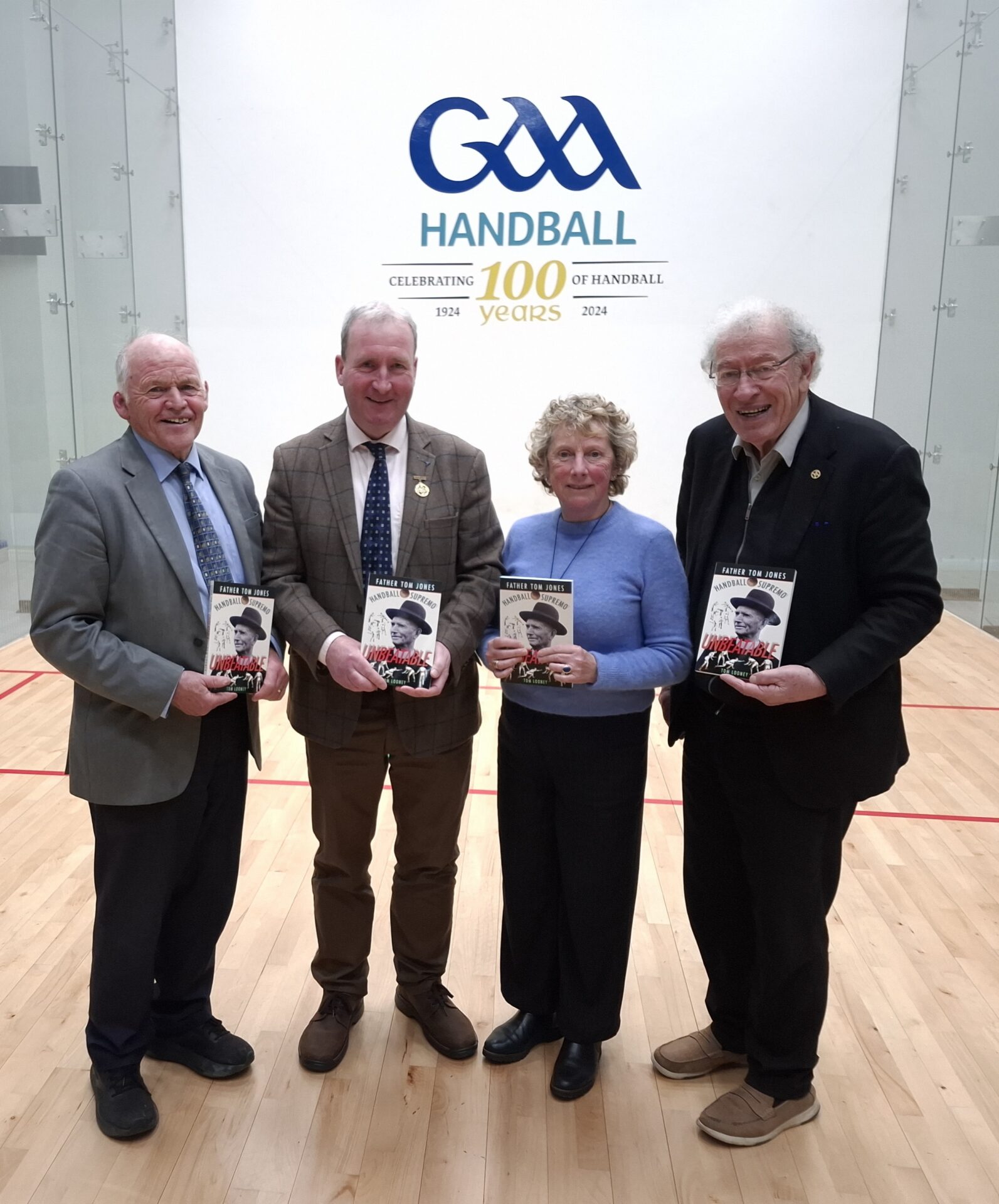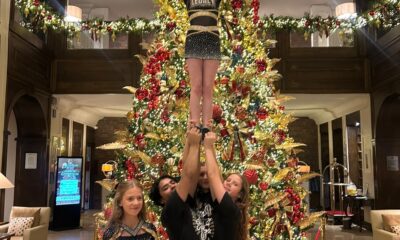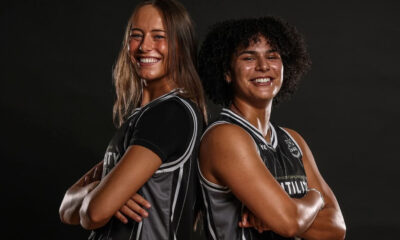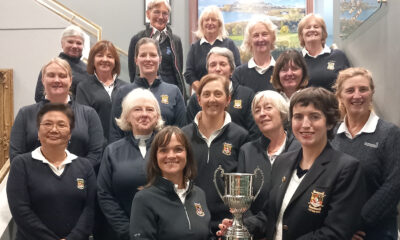News
Wildflowers are not always simple to grow

By Debby Looney, gardening expert
There is nothing quite like the low, humming sound of insects in the garden. I always find the different pitches of the buzzing fascinating, from the drone of a big, furry bumble bee to the high pitched whirring of hoverflies.
And wasps always seem to have a dangerous sound – it is unique to them, in any case. It is possible to help pollinators into your garden at almost any time of the year, solitary bees such as bumbles and leafcutter bees, will come out of hibernation on a sunny December day if there are some heather flowers nearby. tulips, hyacinths, crocus and snowdrops provide sustenance in early spring, along with shrubs such as hamamelis, daphne, viburnum and willow. In April, the small flowers of the field maple attract many insects, as do the large trumpet shaped flowers of rhododendrons and azaleas. Wildflowers are now beginning to bloom, and they are the subject of today’s column!
While it seems counterintuitive, wildflowers are not always simple to grow, especially as we mean ‘pretty meadow blooms’ as opposed to ‘weeds’! Creating an area for wildflowers takes some preparation. Most important is that it is a weed free area. Kill off any grass or weeds before sowing, either by using conventional weedkillers, or by laying down a sheet of black polythene or weed suppressant. Make sure any seeds which germinate are removed also, and that problematic plants such as rushes, are dug out. Most importantly, ensure all grass is gone, as wildflowers do not compete well against its vigorous growth. Rake the top layer of the soil loose to a fine tilth, and do not add fertiliser! Wildflowers will generally not do well in a rich soil. When your area is ready, decide which seeds are best for your spot. There is much to choose from, for example, single varieties such as ragged Robin, teasels and poppies, or mixtures. There are seed mixes for perennial meadows, ones which attract birds - these usually have a high volume of seed bearing flowers, mixes for bees, ladybirds or certain colour mixes. There are also soil specific mixes.
SOWING SEEDS
Sow your seeds thinly and evenly onto the prepared ground. I tend to cover with netting at this time of year, because, although it is the best time of year to sow, and there is a very high germination rate, birds are also a problem!
The only maintenance really is to keep an eye on slug damage - I scatter in a few pellets when I sow anything - and if there are very dense clumps of seedlings forming, thin them out. When the flowers have gone to seed in the autumn, just cut them to ground level, leave the cuttings a few days for the seeds to drop out, and rake the foliage up. If left to rot in situ, it will make the soil too fertile for a good display the following year.
I mention the use of slug pellets. To the best of my knowledge, the use of metaldehyde poison in slug pellets has been banned for a few years now, and pellets are made of ferric phosphate which is not harmful to pets or birds unless ingested in very large amounts. However, there are some ingredients used in slug pellets which may potentially cause damage to earthworms and other soil dwellers, so please, always use sparingly and where possible, not at all!

























